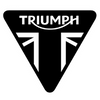SEARCH BY CATEGORIES
SEARCH BY INSPIRATIONS
- Air filters
- Brake & Clutch levers
- Electric box
- Exhaust
- Fenders
- Footpegs
- Front protections
- Front suspension
- Front suspension protections
- Fuel tanks
- Handle grips
- Handlebar
- Handlebar switch controls
- Headlights
- License plate holder
- Mirrors
- Mudguards
- Rear frame
- Suspensions
- Seats
- Silencers
- Speedometers
- Taillights
- Thermal strips
- Turn signals
- Air filters
- Belows front suspensions
- Brake & clutch levers
- Electric box
- Engine protection
- Exhaust
- Fenders
- Foot pegs
- Front suspensions
- Fuel tanks
- Handle grips
- Handlebar switch controls
- Handlebars
- Headlights
- License plate holder
- Mirrors
- Mudguards
- Rear frame
- Rear light
- Rear suspensions
- Seats
- Silencers
- Speedometers
- Thermal strips
- Turn signals
- Air filters
- Belows front suspensions
- Brake & Clutch levers
- Electric box
- Exhausts
- Fenders
- Foot pegs
- Front suspensions
- Fuel tanks
- Handle grips
- Handlebar switch controls
- Handlebars
- Headlights
- License plate holders
- Mirrors
- Mudguards
- Rear light
- Rear suspensions
- Seats
- Silencers
- Speedometers
- Thermal strips
- Turn signals
- Air filters
- Belows front suspension
- Brake & Clutch levers
- Electric box
- Exhaust
- Fenders
- Foot pegs
- Front protection
- Front suspensions
- Fuel tanks
- Handle grips
- Handlebar switch controls
- Handlebars
- Headlights
- License plate holders
- Mirrors
- Mudguards
- Rear frame
- Rear light
- Rear suspensions
- Seats
- Silencers
- Speedometers
- Thermal strips
- Turn signals
- Air filters
- Belows front suspensions
- Brake & Clutch levers
- Electric box
- Engine protection
- Exhausts
- Fenders
- Foot pegs
- Front suspensions
- Fuel tanks
- Handle grips
- Handlebar switch controls
- Handlebars
- Headlights
- License plate holders
- Mirrors
- Mudguards
- Rear frame
- Rear light
- Rear suspensions
- Seats
- Silencers
- Speedometers
- Thermal strips
- Turn signals
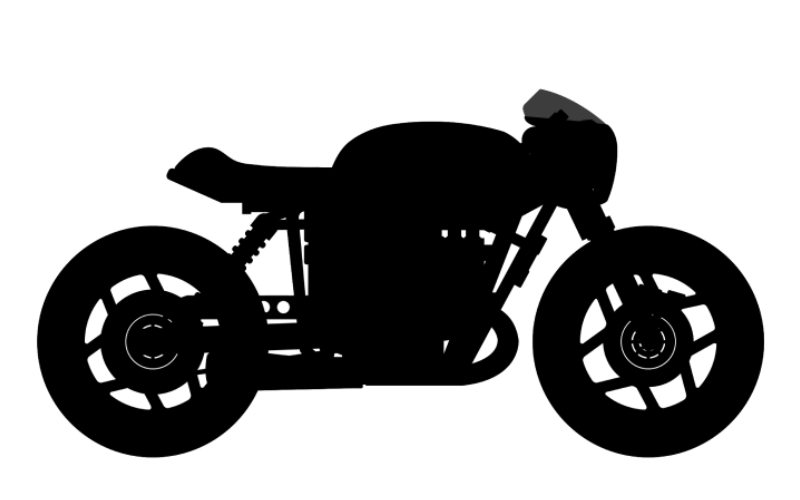
- Air filters
- Brake & Clutch levers
- Electric box
- Exhaust
- Fenders
- Footpegs
- Front protections
- Front suspension
- Front suspension protections
- Fuel tanks
- Handle grips
- Handlebar
- Handlebar switch controls
- Headlights
- License plate holder
- Mirrors
- Mudguards
- Rear frame
- Suspensions
- Seats
- Silencers
- Speedometers
- Taillights
- Thermal strips
- Turn signals
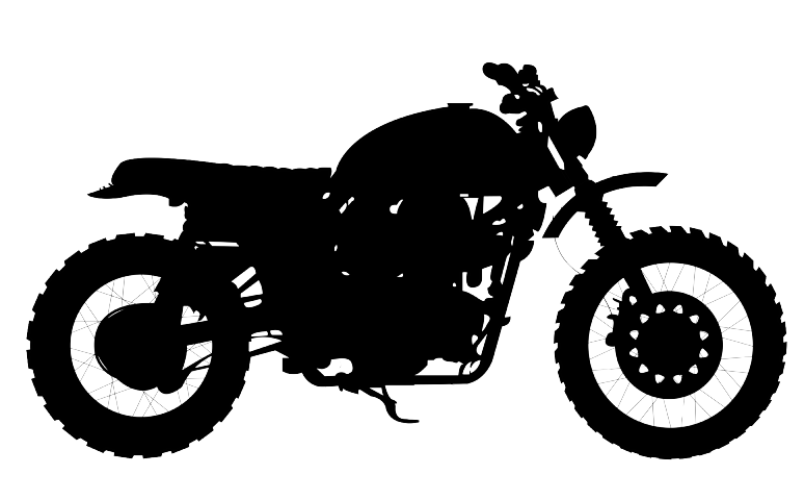
- Air filters
- Belows front suspensions
- Brake & clutch levers
- Electric box
- Engine protection
- Exhaust
- Fenders
- Foot pegs
- Front suspensions
- Fuel tanks
- Handle grips
- Handlebar switch controls
- Handlebars
- Headlights
- License plate holder
- Mirrors
- Mudguards
- Rear frame
- Rear light
- Rear suspensions
- Seats
- Silencers
- Speedometers
- Thermal strips
- Turn signals
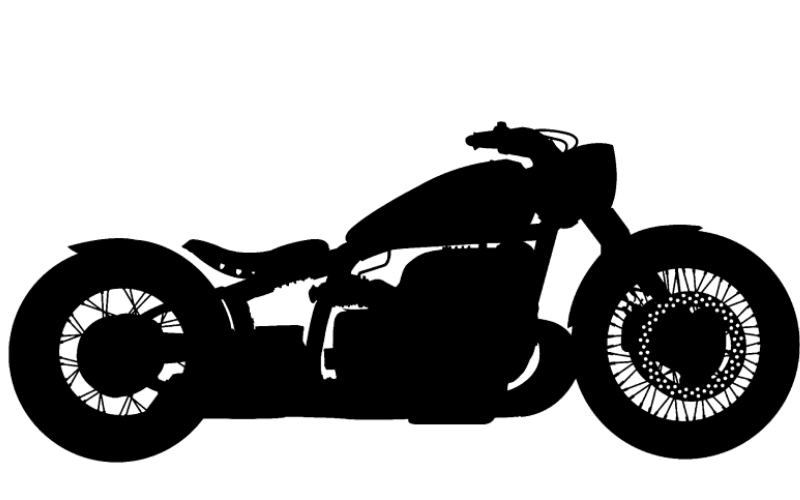
- Air filters
- Belows front suspensions
- Brake & Clutch levers
- Electric box
- Exhausts
- Fenders
- Foot pegs
- Front suspensions
- Fuel tanks
- Handle grips
- Handlebar switch controls
- Handlebars
- Headlights
- License plate holders
- Mirrors
- Mudguards
- Rear light
- Rear suspensions
- Seats
- Silencers
- Speedometers
- Thermal strips
- Turn signals
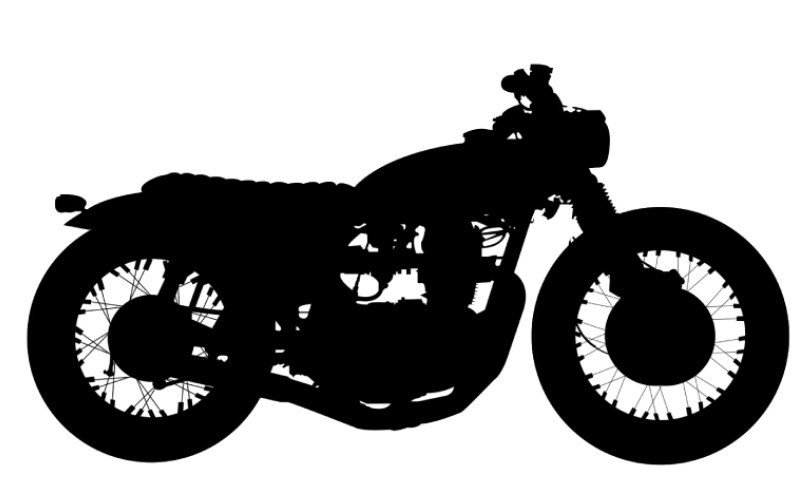
- Air filters
- Belows front suspension
- Brake & Clutch levers
- Electric box
- Exhaust
- Fenders
- Foot pegs
- Front protection
- Front suspensions
- Fuel tanks
- Handle grips
- Handlebar switch controls
- Handlebars
- Headlights
- License plate holders
- Mirrors
- Mudguards
- Rear frame
- Rear light
- Rear suspensions
- Seats
- Silencers
- Speedometers
- Thermal strips
- Turn signals
- Air filters
- Belows front suspensions
- Brake & Clutch levers
- Electric box
- Engine protection
- Exhausts
- Fenders
- Foot pegs
- Front suspensions
- Fuel tanks
- Handle grips
- Handlebar switch controls
- Handlebars
- Headlights
- License plate holders
- Mirrors
- Mudguards
- Rear frame
- Rear light
- Rear suspensions
- Seats
- Silencers
- Speedometers
- Thermal strips
- Turn signals
PLUS DE MOTO
Add description, images, menus and links to your mega menu
A column with no settings can be used as a spacer
Link to your collections, sales and even external links
Add up to five columns
Add description, images, menus and links to your mega menu
A column with no settings can be used as a spacer
Link to your collections, sales and even external links
Add up to five columns
Add description, images, menus and links to your mega menu
A column with no settings can be used as a spacer
Link to your collections, sales and even external links
Add up to five columns
Add description, images, menus and links to your mega menu
A column with no settings can be used as a spacer
Link to your collections, sales and even external links
Add up to five columns
Motorcycle Radial Master Cylinder brake & clutch
23263
- All-aluminum machined
- Left or right
- 15.87 mm or 17.5 mm
- Handlebars 22mm
- Black or Silver
- FJN logo print on oil cap

PAYMENT IN 4 TIMES |

TESTED AND APPROVED |

SATISFACTION GUARANTEED |
Improve braking and clutch feel by fitting a motorcycle radial master cylinder.
EX9 master cylinders are cut from a solid block of aluminum.
They are not cast like most levers. This guarantees durability and reliability.
The EX9 motorcycle radial master cylinder features a toggle lever for improved feel when applying pressure and reduced force required.
As well as improving braking, you'll be enhancing the look of your riding post with a beautiful piece of aluminum.
The lever stroke is adjustable with the thumbwheel.
The radial motorcycle master cylinder is available in 2 colors:
- Black
- Silver
The motorcycle radial master cylinder is available for 2 sides:
- Left: For a hydraulic clutch or rear brake on an automatic motorcycle
- Right: For the front brake
The motorcycle radial master cylinder is available in 2 piston sizes:
- 15.87 mm
- 17.5 mm
Piston size depends on the number of calipers, the number of caliper pistons, etc. Find out more about choosing the right piston size on our blog.
Example of installation of a radial motorcycle master cylinder
Here combined with BOX commodos

Note : Available within 7-11 days
Find out more about radial master cylinders:
Why choose a motorcycle radial master cylinder?
Motorcycle radial master cylinders are generally considered better than standard master cylinders, as they provide a more precise and powerful braking system. Radial master cylinders have a larger piston and longer stroke than standard master cylinders, enabling them to deliver greater overall braking force. In addition, the radial design enables a more even pressure distribution, helping to reduce the risk of irregular or inconsistent braking. Last but not least, radial master cylinders are generally made from high-performance materials designed to withstand the heat and vibration of a motorcycle, giving them enhanced longevity and reliability.
How to choose a motorcycle radial master cylinder?
Piston diameter: Choose the piston diameter corresponding to your braking system.
Handlebar diameter: Depending on the size of your handlebar (22 / 25 mm), choose the corresponding master cylinder.
Brand: It's important to choose a good-quality master cylinder to guarantee reliability and durability.
Manufacturing materials: A master cylinder machined from aluminum is of better quality than one cast from alloy.
HOW TO BLEED THE RADIAL MOTORCYCLE MASTER CYLINDER?
Motorcycle radial master cylinder bleeding is the process of removing air from the braking system. This is necessary when air has entered the system, which can cause malfunction or reduced braking power.
Here are the general steps for bleeding a brake master cylinder:
-
Prepare the necessary equipment: You'll need a brake bleeding kit, clean brake oil and a tool for loosening brake fittings.
-
Locate the brake master cylinder: The brake master cylinder is usually located on the handlebars of the motorcycle, often covered by a cover.
-
Loosen the brake bleed nipples: Use the appropriate tool to loosen the brake bleed nipples located on the brake master cylinder and caliper. Be prepared to catch any oil that may leak out as you loosen the fittings.
- Bleed the system: Use the brake bleeding kit to bleed the system. Depending on the kit, you may need to press a pump to suck the air out, or press the brake lever to release the air.
- Check the oil level: When the air is evacuated, fill the master cylinder with clean brake oil to the appropriate level. Make sure you have plenty of fluid in the jar at all times. The type of oil to be used is usually indicated on the brake reservoir cap.
-
Reinstall brake fittings: Re-tighten the brake fittings and check for oil leaks.
- Test the brakes:Test the brakes to make sure they're working properly. It's important to do this on safe ground and at moderate speed. You can also wait several hours to check whether air bubbles are still present in the circuit. These will rise and your lever will be "slack", so you'll have to start all over again.





